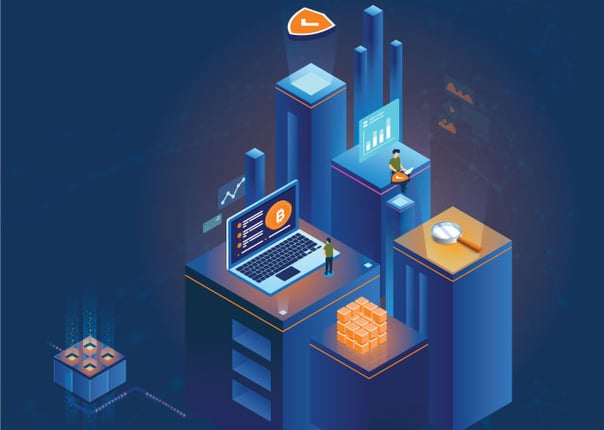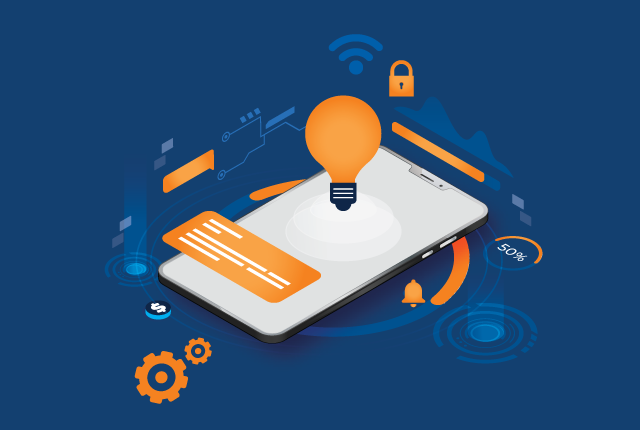This perfcast expert series cover test environment preparation key points, relevant load testing tool, metrics to capture, factors influencing Blockchain performance, and best Practices. Click to read more.
QASource Blog
In our blog, we take a deep dive into the latest QA strategies, methodologies, and industry best practices driving the world of quality assurance. Follow our blog to get new ideas as to how to effectively deliver high-quality, bug-free software products, websites, and applications, while keeping costs low.

The first thing that companies think of when managing networks and applications is security. This is why companies are now investing in blockchain security as it has become necessary to employ the best cybersecurity practices for securing devices and networks from online threats.
You’ll often hear distributed ledger technology (DLT) and blockchain used in substitution for one another. However, they’re actually two completely separate concepts and can’t be used interchangeably.
Security is one of the first things to invest in when managing your networks and applications. Just like the evolution of technology, the nature of ransomware and online threats have also evolved, and it has become extremely important to employ the latest best practices of cybersecurity to secure our devices and networks. However, despite our efforts to maintain the integrity of our cybersecurity systems, cybercriminals are insistent on finding new ways to penetrate our networks for malicious purposes.
Blockchain is not only a rapidly evolving technology but also a complex innovation that is now getting heavily integrated with different systems and being utilized extensively. It is used most primarily for cryptocurrency transactions.
Smart contracts are being adopted at an increasing rate. They have the potential to change everything from how we use money to how we vote and even do business transactions. Smart contract platforms like Ethereum allow developers to create applications that can become self-enforcing agreements between two or more parties. This means that once a smart contract is created, it will execute automatically when all of the conditions within the contract are met without any need for human intervention.
The innovation we know as blockchain is one of the most significant inventions in the 21st century. Its technology has become so popular that it has generated a domino effect that has affected many sectors such as healthcare and manufacturing.
Blockchain has brought revolution like other technologies such as AI, VR, IoT, and many others. This expert series will provide you with information about blockchain and how it revolutionized the mobile application industry.
Blockchain applications are not like most applications on the market. While the performance, functionality and user experience of a blockchain application often parallels other applications, the structure of its data system adds another level of complexity when it comes to QA testing. So much so that it requires particular tests to be performed, specific tools to aid the testing process and specialized skills for your QA testers to acquire. But what is blockchain testing? What is blockchain used for? Why is it important to perform blockchain QA testing? And how does somebody start to test blockchain applications? This tutorial aims to answer your most pressing questions about blockchain testing so that your QA team can fully understand and properly test your blockchain application.
Written by QA Experts
QASource Blog, for executives and engineers, shares QA strategies, methodologies, and new ideas to inform and help effectively deliver quality products, websites and applications.
Categories
Authors
Our bloggers are the test management experts at QASource. They are executives, QA managers, team leads, and testing practitioners. Their combined experience exceeds 100 years and they know how to optimize QA efforts in a variety of industries, domains, tools, and technologies.








